Kingdom Animalia Suborder Apocrita Family Eulophidae Phylum Arthropoda Order Hymenopterans | Class Insecta Superfamily Chalcidoidea Species L. invasa Rank Genus | |
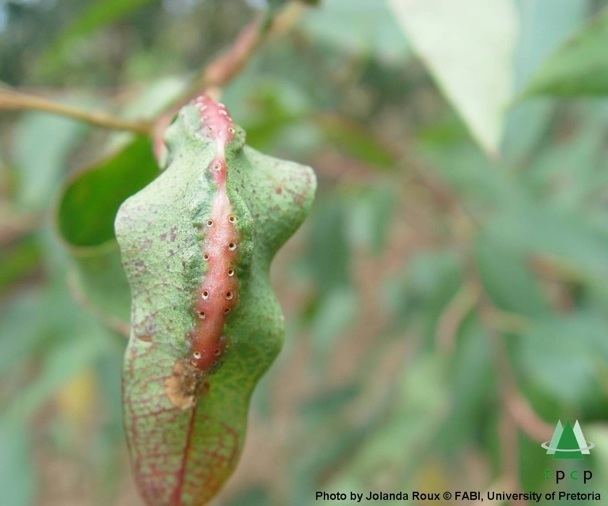 | ||
Similar Hymenopterans, Ophelimus maskelli, Tetrastichinae, Eulophidae, Thaumastocoris peregrinus | ||
Sag y el control de la avispa leptocybe invasa
Leptocybe is a monotypic genus of insects in the superfamily Chalcidoidea, the chalcid wasps. It contains the single species Leptocybe invasa, which is known by the common name blue gum chalcid.
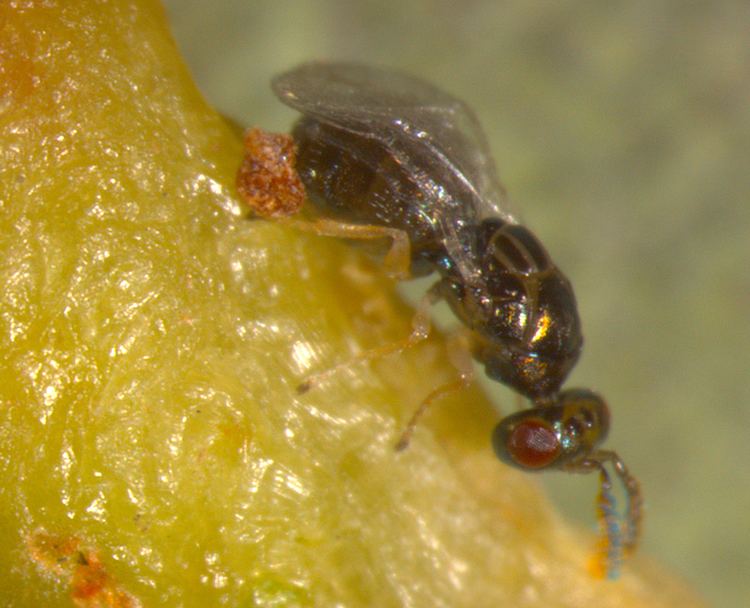
This chalcid was discovered in 2000 when river red gums (Eucalyptus camaldulensis) in the Middle East and Mediterranean began developing disfiguring galls. The damage became severe enough to cause crop losses in tree plantations. Galls were collected and a previously undescribed species of chalcid wasp emerged. In 2004 it was described to science as Leptocybe invasa.
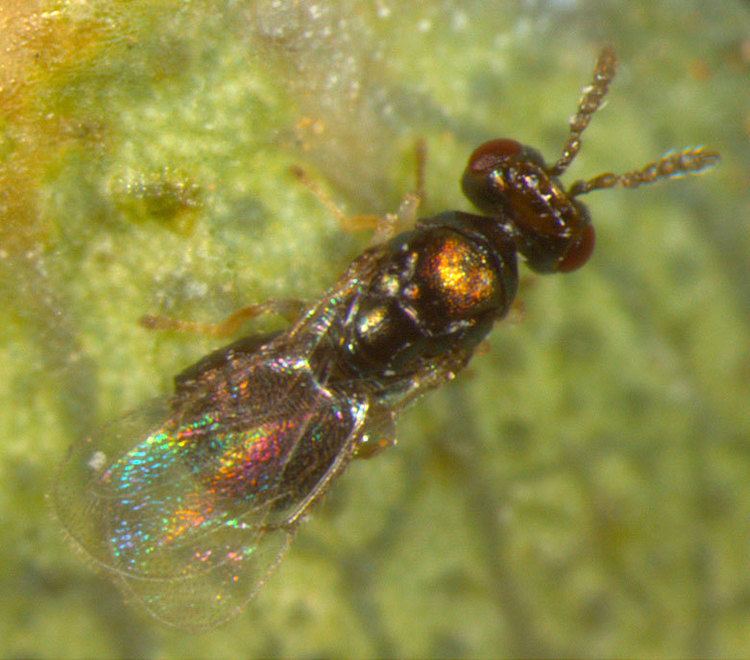
This tiny wasp is just over one millimeter in length. Its body is brown with a slight blue to green iridescence. Parts of the legs are yellowish in color.
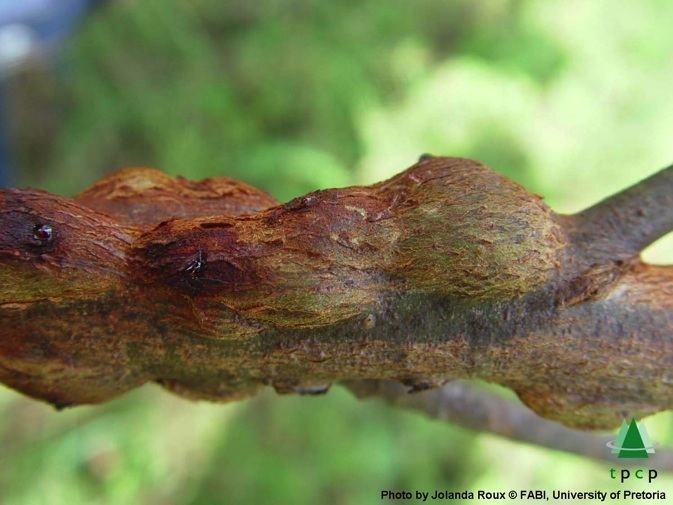
The adult female injects a neat line of minute eggs in the epidermis of new leaf buds on eucalyptus trees. The leaf tissue may exude a whitish sap, which covers the oviposition site. Heavy wasp infestations can kill new buds on the trees. If the bud survives it develops a layer of corky tissue within one to two weeks of oviposition. This corky scar widens and becomes glossy in texture. It turns from green to pinkish to dark pink or red in color. It loses its glossy texture and turns dull brown or reddish. The chalcid wasp larva develops inside the gall and when it emerges as an adult insect the gall is spherical and up to 2.7 millimeters wide. During an infestation there are usually 3 to 6 galls per leaf, but up to 65 have been observed on a single leaf.
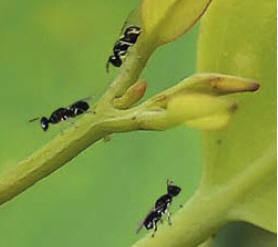
Several eucalyptus species are susceptible to the wasp. Host species include bangalay (Eucalyptus botryoides), apple box (E. bridgesiana), Tasmanian blue gum (E. globulus), cider gum (E. gunnii), flooded gum (E. grandis), swamp mahogany (E. robusta), Sydney blue gum (E. saligna), forest red gum (E. tereticornis), and manna gum (E. viminalis).
Possible biological agents for L. invasa are actively searched for.
